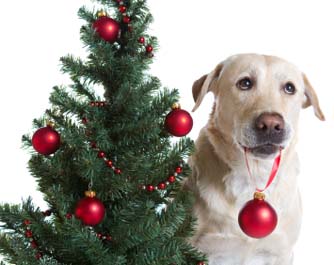Christmas trees in crisis
Christmas trees over 6ft may be hard to find this year due to late spring frosts


The demand for ‘real' Christmas trees is growing, but there might not be enough to go round this year, and the worst shortage will be of trees higher than 6ft, says the British Christmas Tree Growers Association (BCTGA). Growers are reporting that unusually severe late-spring frosts in Europe killed 25% of the harvest-in Sweden alone, 50,000 trees were lost.
Another problem is over-cutting by growers who are cutting early to meet demand, which leads to fewer taller trees. A third issue is a disease called current season needle necrosis (CSNN), which causes needles on fir trees to turn brown and fall off.
The Tree Barn, which supplies No 10, Downing Street, has told Horticulture Week that it expects to lose 10% of its crop each year due to the disease.

* Subscribe to Country Life and get our Ipad edition for free:
Exquisite houses, the beauty of Nature, and how to get the most from your life, straight to your inbox.
Country Life is unlike any other magazine: the only glossy weekly on the newsstand and the only magazine that has been guest-edited by His Majesty The King not once, but twice. It is a celebration of modern rural life and all its diverse joys and pleasures — that was first published in Queen Victoria's Diamond Jubilee year. Our eclectic mixture of witty and informative content — from the most up-to-date property news and commentary and a coveted glimpse inside some of the UK's best houses and gardens, to gardening, the arts and interior design, written by experts in their field — still cannot be found in print or online, anywhere else.
